Person Perception
Person Perception Persona
September 26 - October 26, 2019
Curatorial Statement
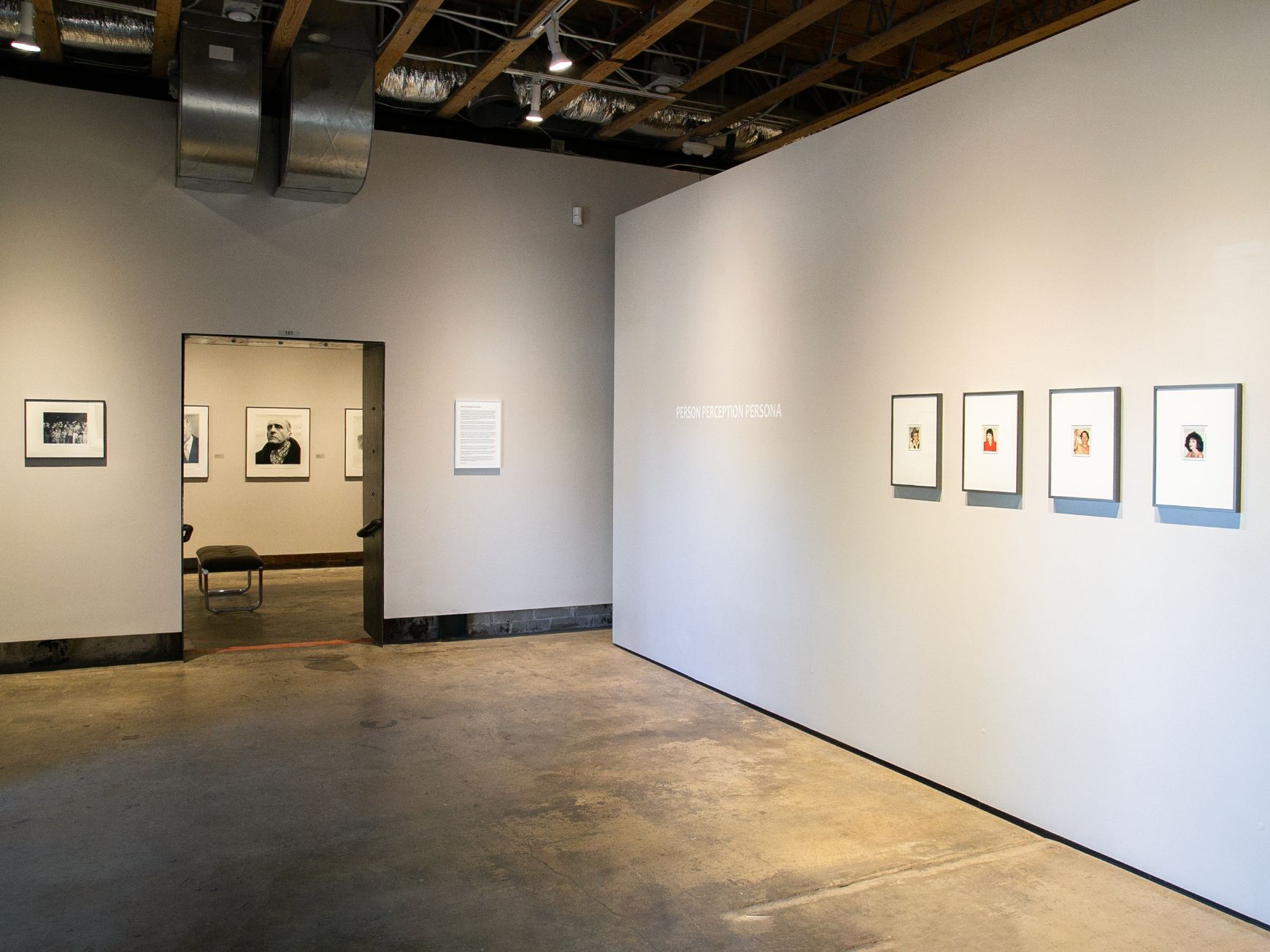
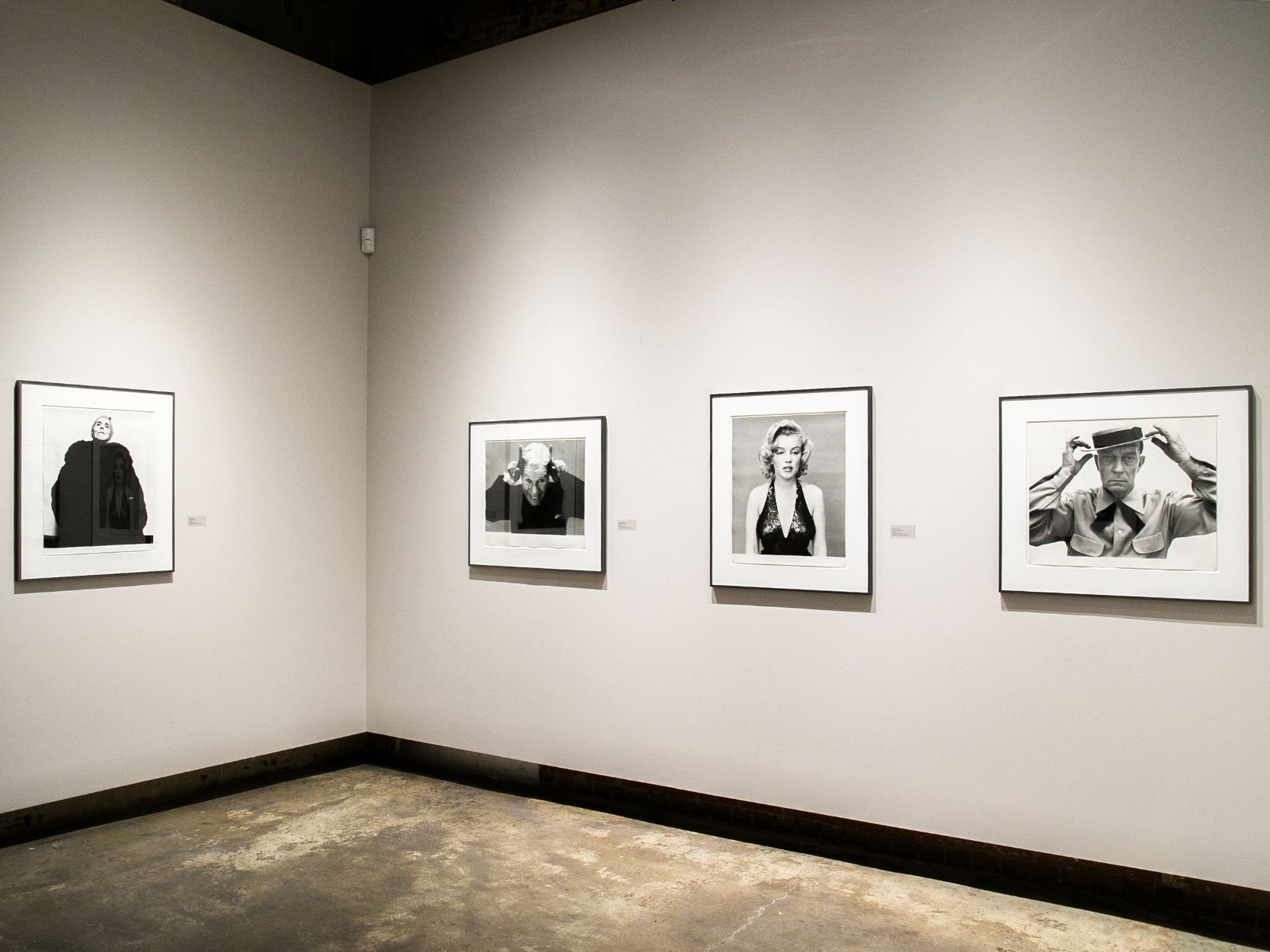
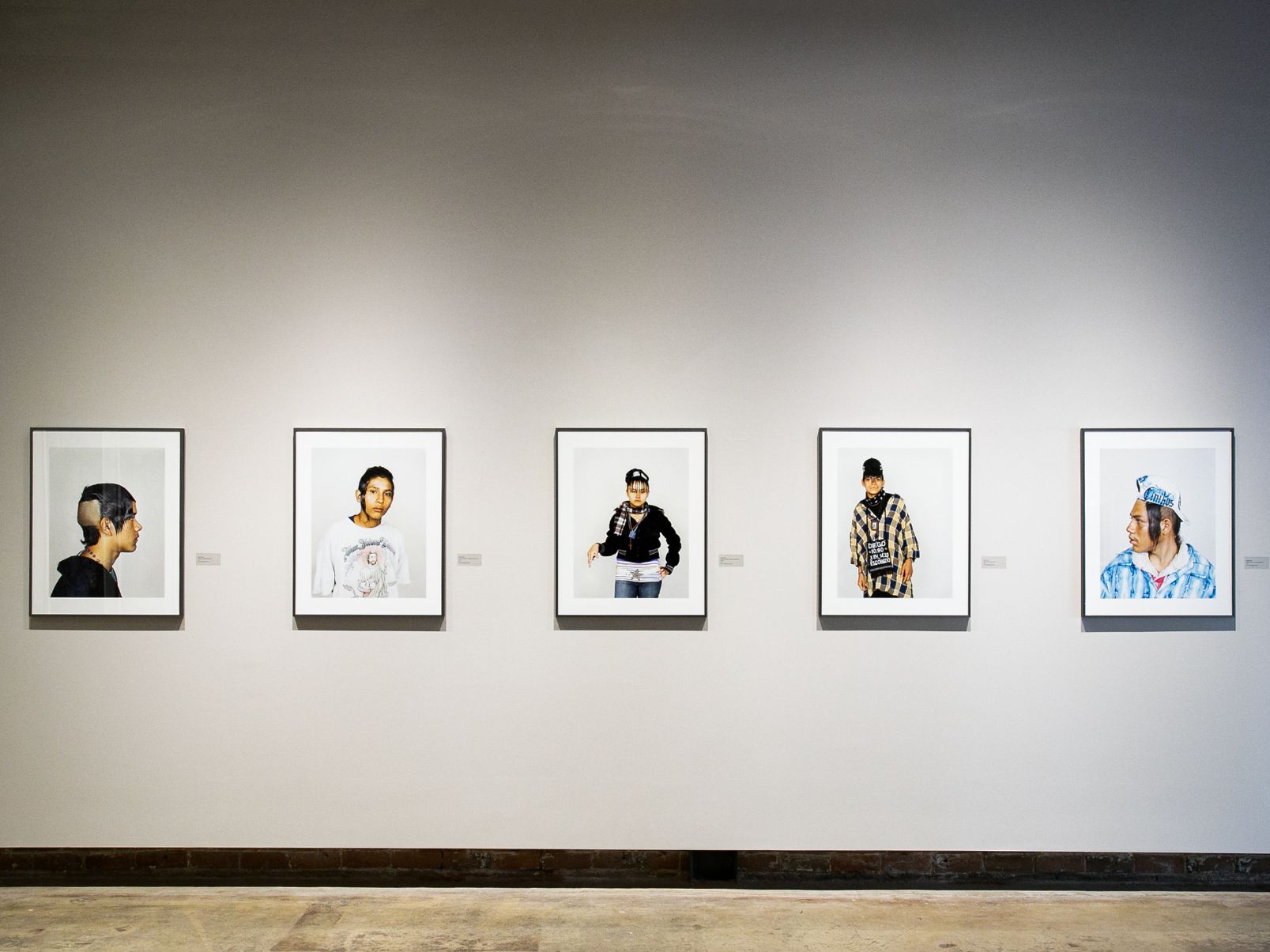
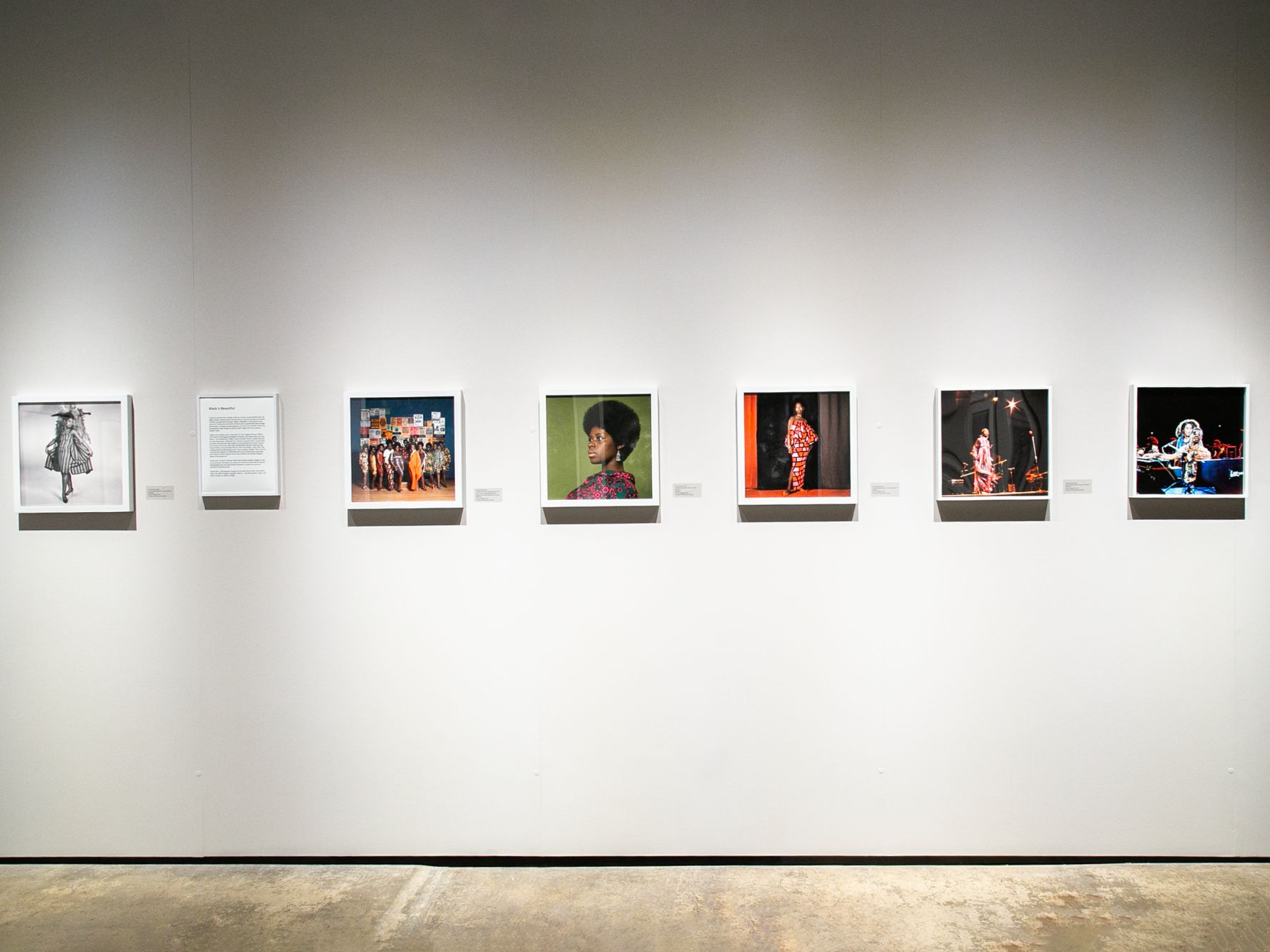
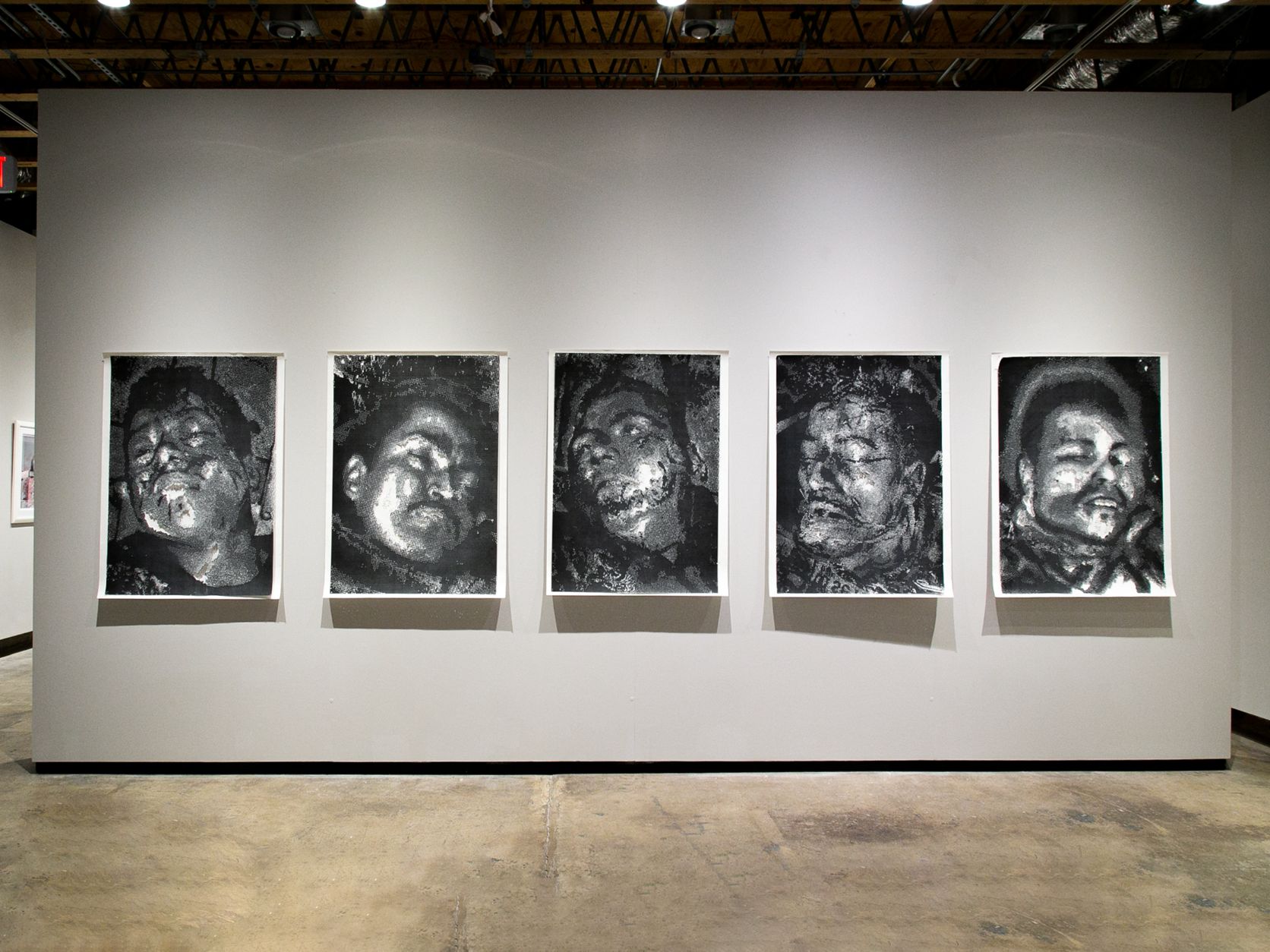
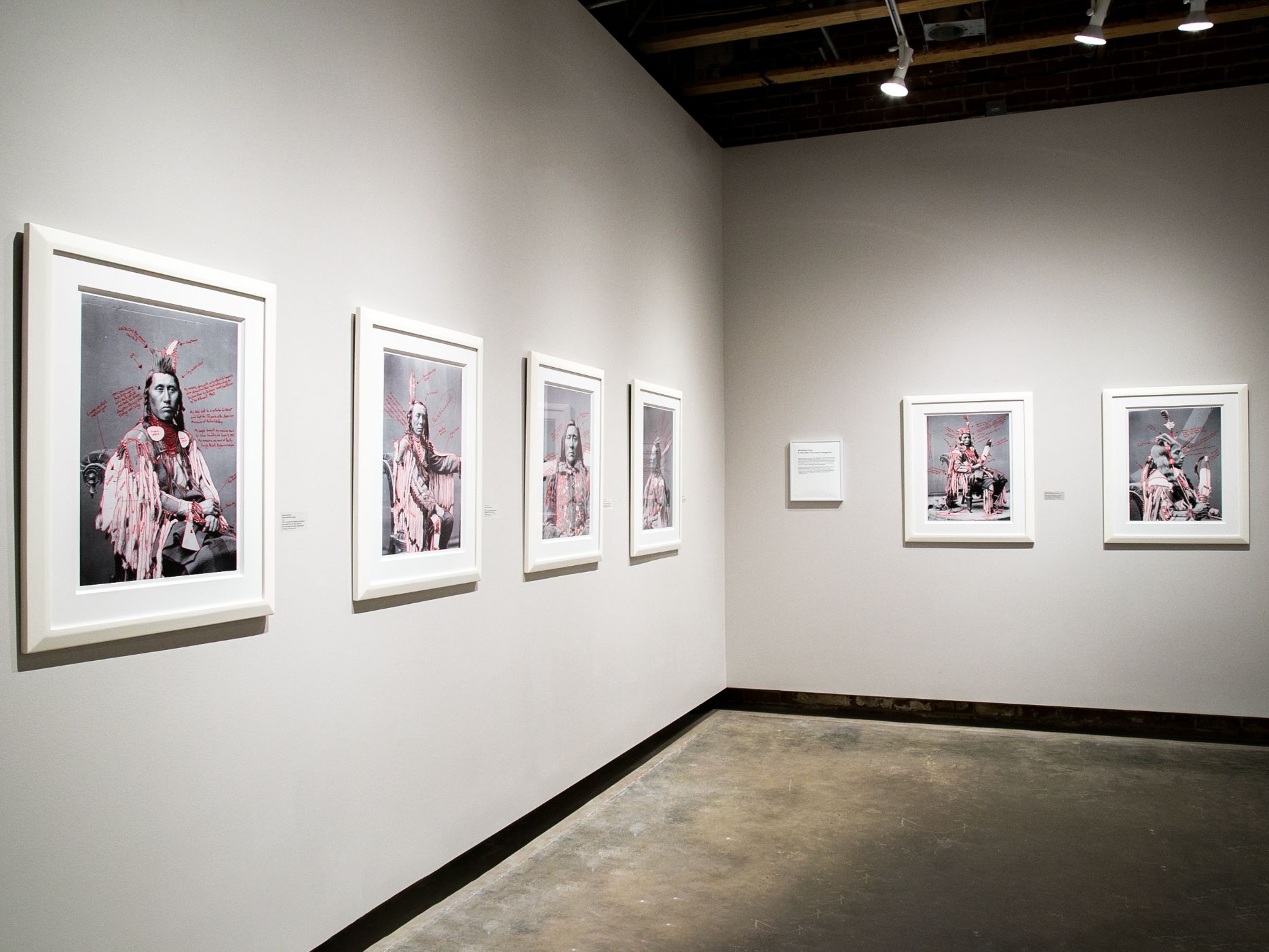
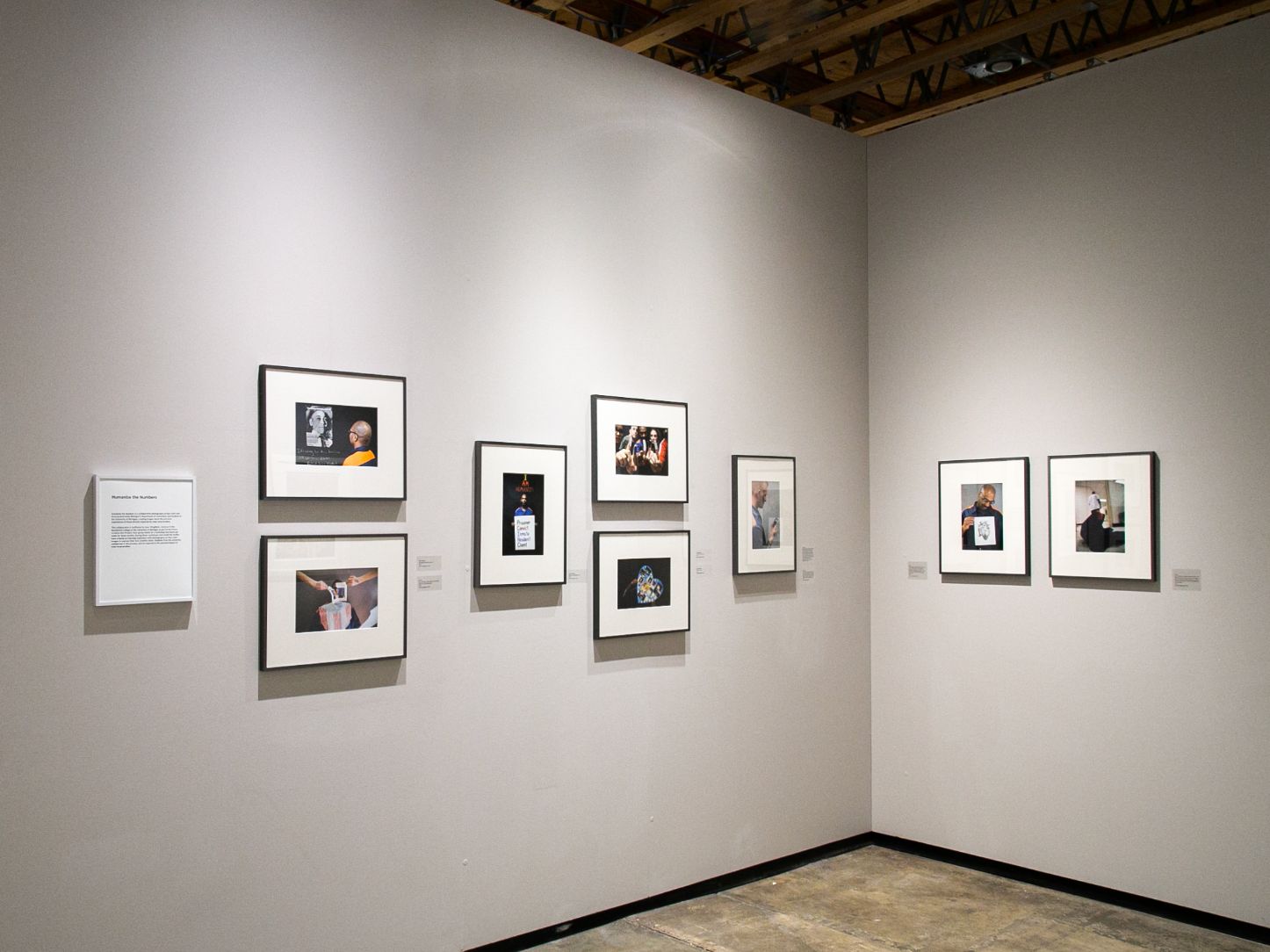
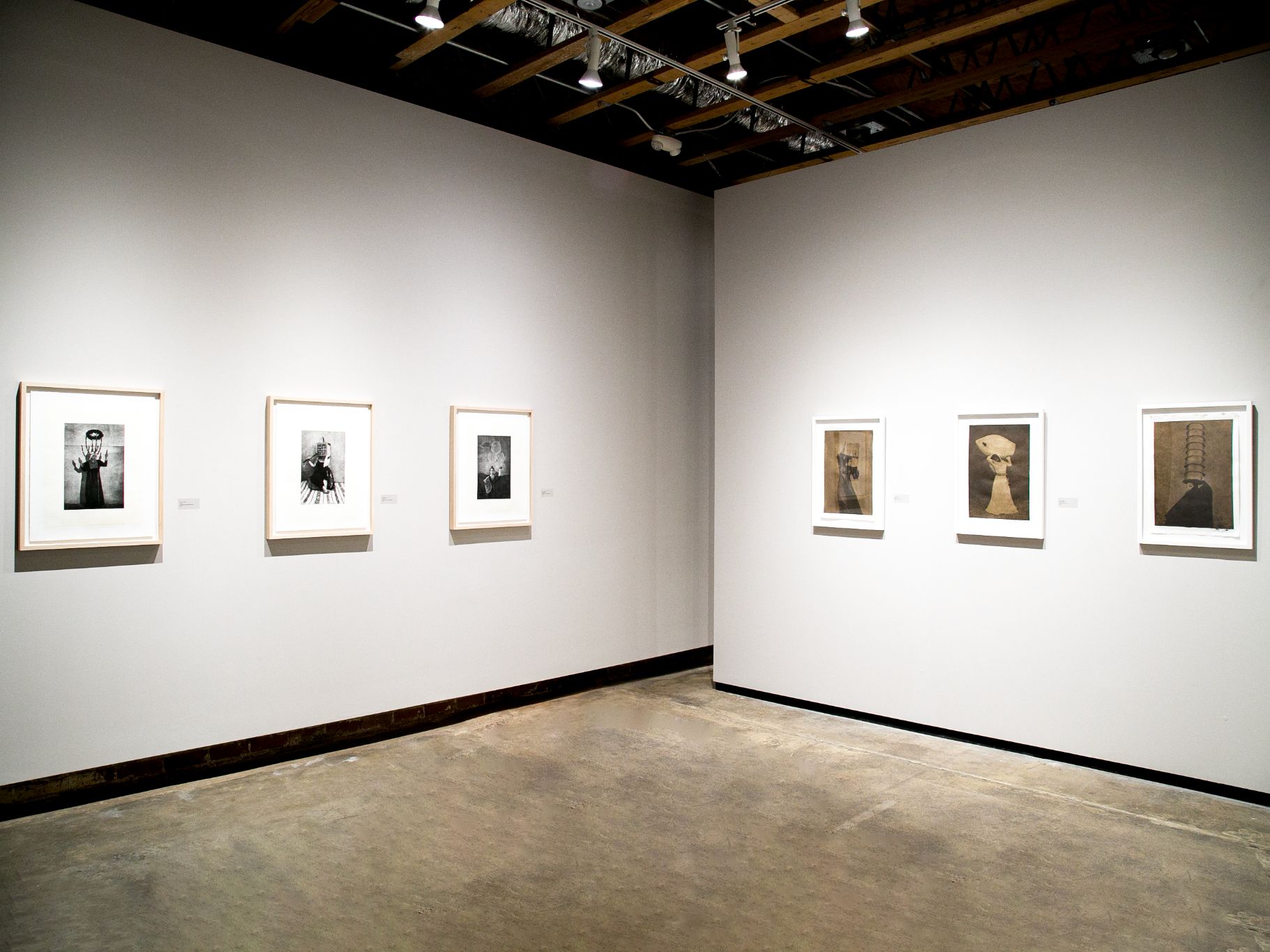
Person Perception Persona features portraits from the Solari Foundation on loan to Northlight Gallery by photographers well known and accepted in the canon of the history of photography. Portraits by Richard Avedon and Andy Warhol contribute to the mystique of public celebrities and prominence of political and literary figures. Photographers, whether recording events like Weegee’s image of the press at a Hollywood premier or images by Edward S. Curtis and Roger Fenton “documenting” the Other, play an important role in the shaping of the public’s perception of different types of people. The contemporary photographers selected for Person Perception Persona could be considered activists as their works respond to the earlier images and recognize the power of photography to shape public opinion.
African American Kwame Brathwaite founded organizations like the African Jazz Arts Society and Studios and worked to popularize the phrase “Black is Beautiful” through his photography and writing with the intention of influencing popular culture and the culture at large in a positive way. His fashion and documentary photographs depict powerful, confident African American models and activists in striking fashions.
Stefan Ruiz documented the subculture of a group of young people from Monterrey, Mexico who identify themselves at Cholombianos and have a unique fashion and hairstyle. He sets up in local markets and on streets near local dance clubs to interact with his subjects and invite them to pose themselves. His images portray the creativity and unique qualities of his sitters to counteract some of the negative stereotypes associated with the drug trade and immigration issues.
Miguel A. Aragón lifts images of young Mexican men implicated in the drug trade through articles published in the newspapers of Juarez, Mexico and creates portraits of loss in Retratos de pérdida por el Narcotráfico. The drilling process that Aragón uses to treat these portraits of murder victims and perpetrators conveys the violence and discarded nature of their deaths and represents a generation of men lost from their communities. The frayed edges of the prints have fragility that the men did not dare show in life and serve as a powerful reminder to the viewer of their human vulnerabilities.
Images made by collaborators through the social practice project Humanize the Numbers give men serving sentences at the Michigan Department of Corrections the opportunity to represent themselves. The photographs they make and the photographs they treasure while doing time point to the importance of the photograph in shaping identity and creating opportunity for change.
Wendy Red Star often incorporates sarcasm, humor and historical research in her artworks that reframe images of Indigenous people made from the Western Anglo perspective. Through the process of identifying specific symbols of their regalia in her project 1880 Crow Peace Delegation, she investigates Crow history and reasserts the sitters’ individuality and the prominent place in Crow society.
Feminist Sama Alshaibi subverts colonialist imagery of Arab women like the one made by British photographer Roger Fenton that framed the sitter as exotic alluring and mysterious. In the images from her project Carry Over she exaggerates the props these photographs used to absurd sizes and represents her subject as powerful, active and resilient.
Photographic theory and visual culture have developed to better understand the power and influence of representation and identity politics. The invited photographers featured in PPP demonstrate their understanding of this power as an opportunity to actively influence the publics perception of how their community is viewed and how that community shapes its understanding of itself.
African American Kwame Brathwaite founded organizations like the African Jazz Arts Society and Studios and worked to popularize the phrase “Black is Beautiful” through his photography and writing with the intention of influencing popular culture and the culture at large in a positive way. His fashion and documentary photographs depict powerful, confident African American models and activists in striking fashions.
Stefan Ruiz documented the subculture of a group of young people from Monterrey, Mexico who identify themselves at Cholombianos and have a unique fashion and hairstyle. He sets up in local markets and on streets near local dance clubs to interact with his subjects and invite them to pose themselves. His images portray the creativity and unique qualities of his sitters to counteract some of the negative stereotypes associated with the drug trade and immigration issues.
Miguel A. Aragón lifts images of young Mexican men implicated in the drug trade through articles published in the newspapers of Juarez, Mexico and creates portraits of loss in Retratos de pérdida por el Narcotráfico. The drilling process that Aragón uses to treat these portraits of murder victims and perpetrators conveys the violence and discarded nature of their deaths and represents a generation of men lost from their communities. The frayed edges of the prints have fragility that the men did not dare show in life and serve as a powerful reminder to the viewer of their human vulnerabilities.
Images made by collaborators through the social practice project Humanize the Numbers give men serving sentences at the Michigan Department of Corrections the opportunity to represent themselves. The photographs they make and the photographs they treasure while doing time point to the importance of the photograph in shaping identity and creating opportunity for change.
Wendy Red Star often incorporates sarcasm, humor and historical research in her artworks that reframe images of Indigenous people made from the Western Anglo perspective. Through the process of identifying specific symbols of their regalia in her project 1880 Crow Peace Delegation, she investigates Crow history and reasserts the sitters’ individuality and the prominent place in Crow society.
Feminist Sama Alshaibi subverts colonialist imagery of Arab women like the one made by British photographer Roger Fenton that framed the sitter as exotic alluring and mysterious. In the images from her project Carry Over she exaggerates the props these photographs used to absurd sizes and represents her subject as powerful, active and resilient.
Photographic theory and visual culture have developed to better understand the power and influence of representation and identity politics. The invited photographers featured in PPP demonstrate their understanding of this power as an opportunity to actively influence the publics perception of how their community is viewed and how that community shapes its understanding of itself.